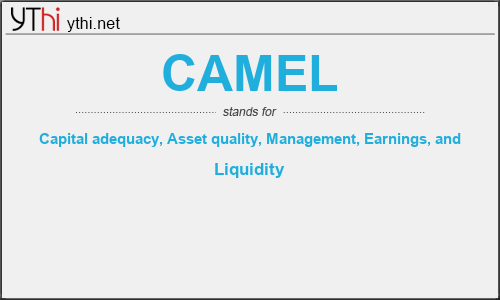Capital Adequacy
Examiners assess institutions’ capital adequacy through capital trend analysis. Examiners also check if institutions comply with regulations pertaining to risk-based net worth requirements. To get a high capital adequacy rating, institutions must also comply with interest and dividend rules and practices. Other factors involved in rating and assessing an institution’s capital adequacy are its growth plans, economic environment, ability to control risk, and loan and investment concentrations.
Asset Quality
Asset quality covers an institutional loan’s quality, which reflects the earnings of the institution. Assessing asset quality involves rating investment risk factors the bank may face and balance those factors against the bank’s capital earnings. This shows the stability of the bank when faced with particular risks. Examiners also check how companies are affected by the fair market value of investments when mirrored with the bank’s book value of investments. Lastly, asset quality is reflected by the efficiency of an institution’s investment policies and practices.
Management
Management assessment determines whether an institution is able to properly react to financial stress. This component rating is reflected by the management’s capability to point out, measure, look after and control risks of the institution’s daily activities. It covers management’s ability to ensure the safe operation of the institution as they comply with the necessary and applicable internal and external regulations.
Earnings
A bank’s ability to produce earnings to be able to sustain its activities, expand, remain competitive are a key factor in rating its continued viability. Examiners determine this by assessing the bank’s earnings, earnings’ growth, stability, valuation allowances, net margins, net worth level, and the quality of the bank’s existing assets.
Liquidity
To assess a bank’s liquidity, examiners look at interest rate risk sensitivity, availability of assets that can easily be converted to cash, dependence on short-term volatile financial resources and ALM technical competence.
Sensitivity
Sensitivity covers how particular risk exposures can affect institutions. Examiners assess an institution’s sensitivity to market risk by monitoring the management of credit concentrations. In this way, examiners are able to see how lending to specific industries affects an institution. These loans include agricultural lending, medical lending, credit card lending, and energy sector lending. Exposure to foreign exchange, commodities, equities, and derivatives are also included in rating the sensitivity of a company to market risk.
Banking Built Around You
360 Checking is designed to make life easier. Enjoy no monthly fees or account minimums, and access to your money at over 40,000 fee-free ATMs in places where you already shop, like Target®, CVS Pharmacy® and Walgreens®. Our top-rated mobile app lets you manage your finances 24/7. Pay bills, deposit checks, and send or receive money quickly with family and friends through Zelle®—right in the app.


Leave a Reply
You must be logged in to post a comment.